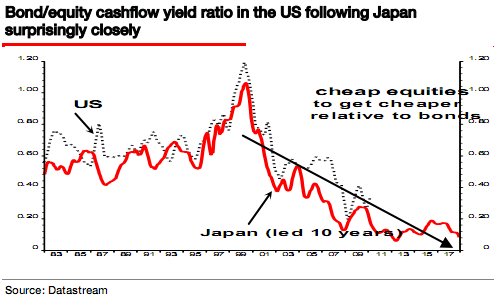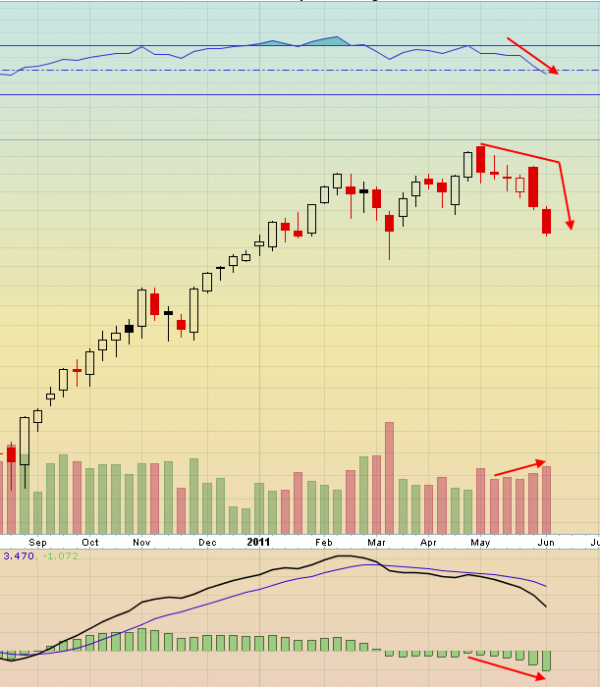The drop in sugar prices is over. In fact, prices have risen to an eight-week high after news broke that Brazilian production may fall short of expectations.
My indicators are telling me that sweet prices could get even sweeter.
Here are a few significant factors that could move this market:
India’s export threat has disappeared. For months, sugar prices have been held hostage to the idea that India would regain its position as a global sugar exporter; as India is the second-largest producer. Fearing a rise in domestic prices from a domestic crop shortfall, the country is unlikely to set a new quota until fall. The current gap is being filled by Thailand.
China needs sugar. Sugar imports by China, the second-biggest consumer after India, may advance to 2.3 million metric tons in the year ending September 30. With the export price from Brazil or Thailand about 25 cents a pound, that makes it more attractive to China, even with an import tariff of 50 percent. The higher import volume is 28 percent more than the U.S. government forecast!
The United States is short on sugar. The U.S. Department of Agriculture has projected decreased U.S. sugar supply for 2012 with lower imports offsetting higher beginning stocks and production. A potential drop in home-grown sugar coupled with government caps on imports could drive up prices, just before the peak Christmas season.
A harsh winter has caused headaches for U.S. sugar-cane and sugar-beet farmers. Record cold temperatures in December damaged sugar cane in Florida, taking about 260,000 short tons of raw sugar out of production, according to the USDA.
Currently, soil soaked by snow melt and ongoing cool and wet weather in the Midwest is delaying the planting of sugar beets, the source of more than half of U.S. sugar production. The delays could reduce yields because the sugar content of the root increases the longer it is in the ground
The European Union wants sugar too. A European Union (EU) committee recently voted to open a quota for 200,000 metric tons of duty-free sugar imports into the bloc. EU sugar prices surged to more than 1,000 euros a ton in some places earlier this year as the domestic market suffered a supply crisis that left refiners in Portugal, Greece and Poland struggling to access supplies.
Even Mexico increased import allowances, adding to signs that demand is strengthening.
Sugar’s Brazilian Factor: This pretty much puts control on sugar in the hands of the Brazilians, the primary exporters. But Brazil is not overflowing with sugar either. Conditions have been building up against the sugar crop.
The low sugar prices of 2008 and 2009, the financial crisis impact on capital, and recent unstable weather have all contributed to a financial squeeze on farmers. In turn, the investment in crops is less than it could have been.
Brazilian cane crops are older and less efficient than they should be. Sugar cane is now aged 4.2 years, on average, whereas the ideal would be 2 years of age. Ideally 20 percent to 25 percent of the new crop should be replanted. That’s not happening, so yields are lower.
Once the crop is ready, the main issues are crushing and processing. Today, with the higher use of sugar to meet Brazil’s rising need for ethanol, a larger part of the Brazilian sugarcane is being diverted into ethanol fuel production than in the past. This further diminishes sugar for food availability.
The state of São Paulo, which answers to 70 percent of Brazilian production, should pick 4 million tonnes less than in the previous crop.
Ultimately, the big issue in Brazil may be access to capital for small farmers.
Brazil has the world’s second-highest inflation-adjusted interest rates in part because the government subsidizes lending through BNDES, its national development bank.
Last month, Brazil’s central bank announced a 25 basis point increase to the Selic rate, bringing it to 12 percent from 11.75 percent previously on concerns the Brazilian economy is overheating. This benchmark rate is almost double that of China and India, and 3 percentage points more than Russia’s.
Over time, the nation is planning to cut funding to its state development bank (BNDES) in an effort to bring down rates. But BNDES is a critical engine that runs the Brazilian economy and influences the flow of capital to agriculture.
So it’s not just weather that impacts the price of sugar. When weather strikes a system that is already under financial strain, prices worsen as supply dwindles.
The delay is set to worsen bottlenecks at ports this year as growers rush to ship the sweetener. A record 600 ships loaded sugar last year at Brazil’s Port of Santos, which handles about 80 percent of the nation’s shipments of the sweetener, according to the port’s press office.
This is likely to create a critical situation that would further spike prices in coming weeks. With the delays, more shipments will be concentrated in the July and October contracts, when the lineup tends to be normally much longer.
Markets can be sensitive to news about shipping delays.
Last February, Cosan Ltd (CZZ), which controls the world’s largest sugar-cane processor, along with Royal Dutch Shell (RDS.A), said quarterly profit plunged 83 percent after a cane shortage boosted costs.
Cosan is the largest sugar and ethanol producer in Brazil and ranks third in sugar and fifth in ethanol production in the world. Apart from its core operations, the company is also engaged in energy production from sugar-cane bagasse. CZZ shares fell to a five-month low in response to the disappointment.
In the last week, CZZ shares rebounded on news that recent shipping delays will continue and that world sugar prices are rising. As you know, this is one of my favorite stocks, and I’ll be watching it closely for an entry point at lower prices or news that works as a catalyst to drive Cosan’s valuation higher.
See the original article >>








